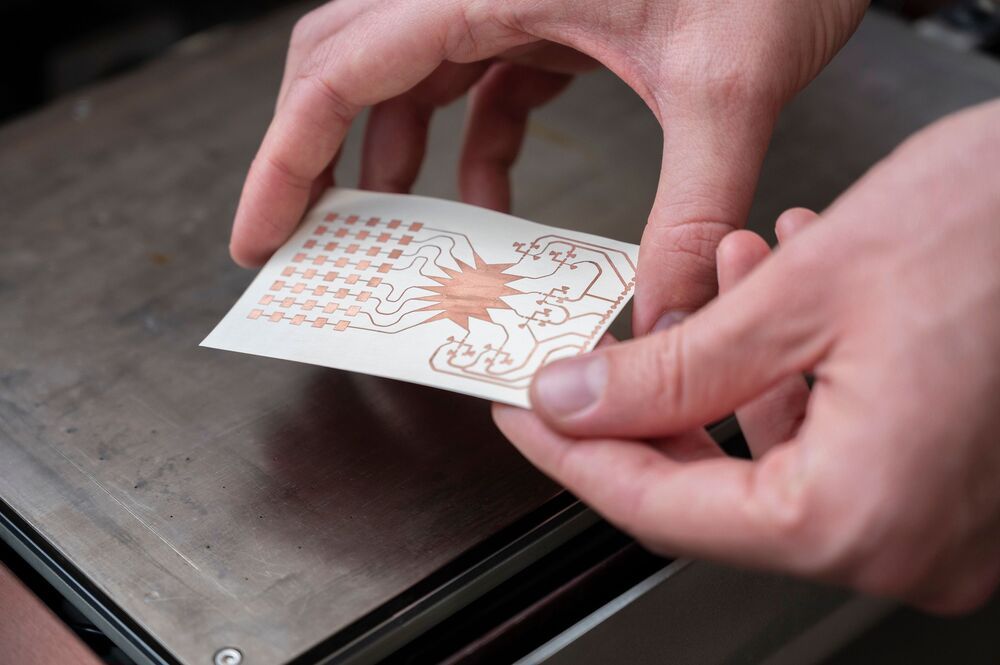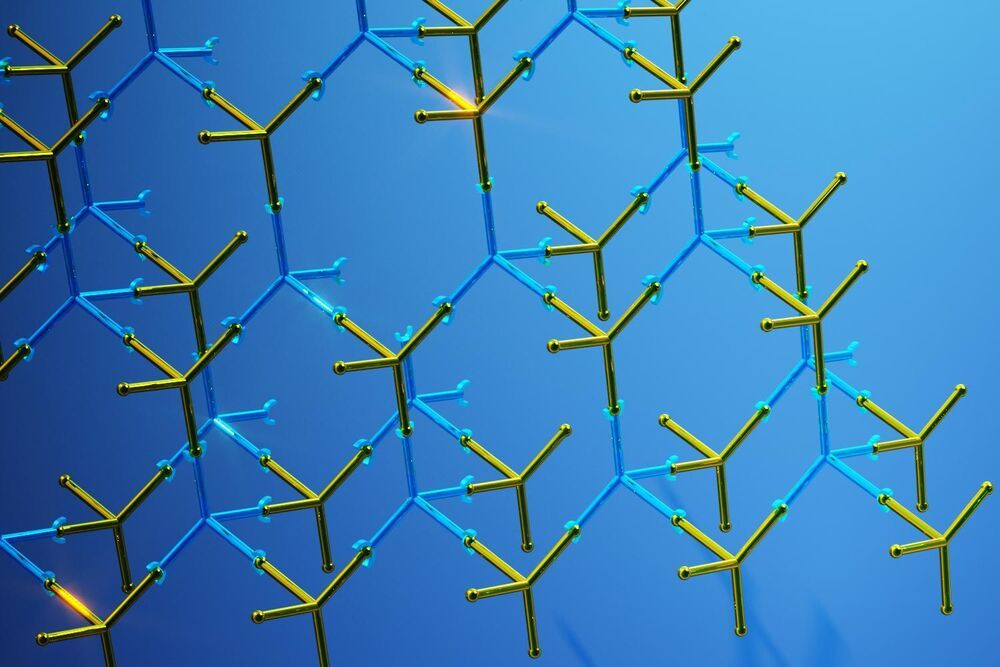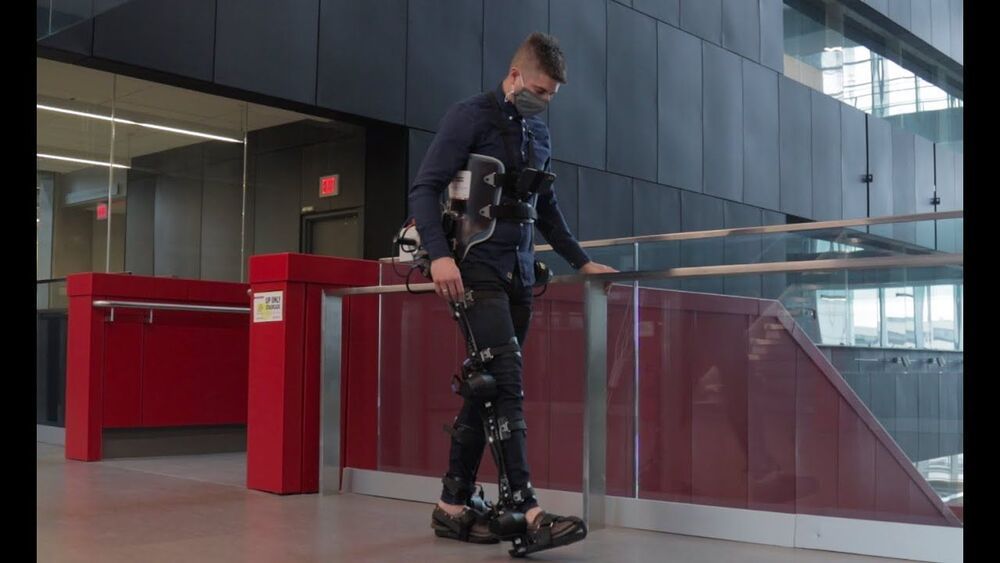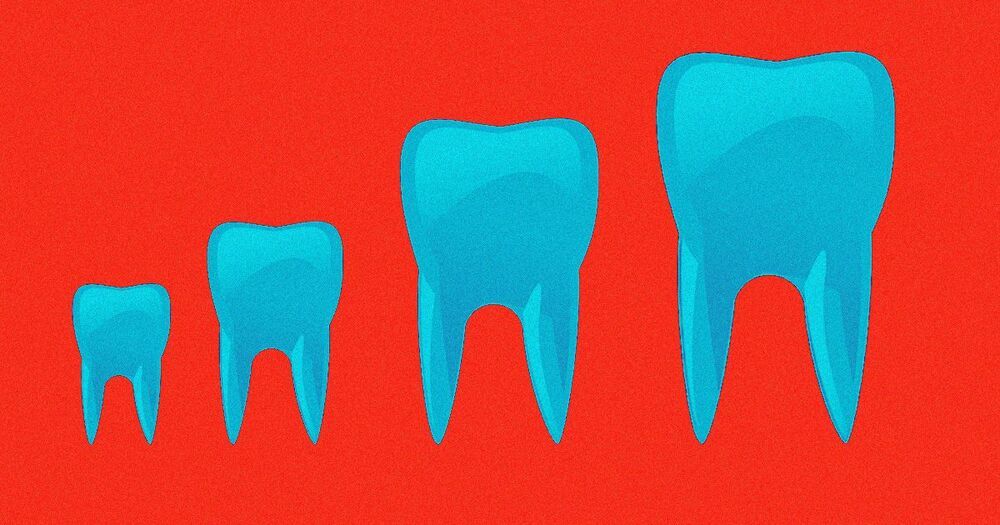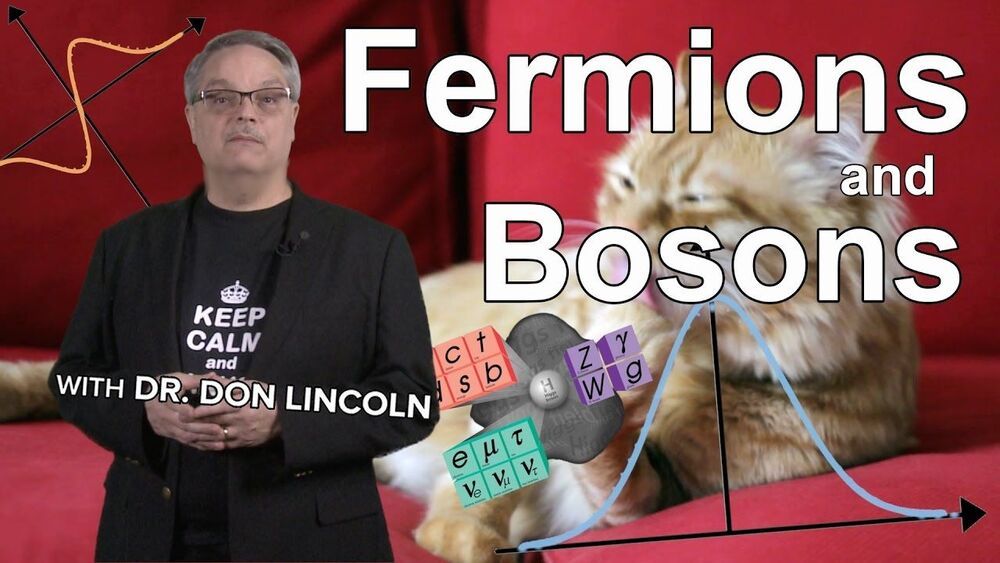Mar 29, 2021
Energy-harvesting card treats 5G networks as wireless power grids
Posted by Brent Ellman in categories: electronics, mobile phones
A team from Georgia Tech has just announced a world-first: a 3D-printed rectifying antenna the size of a playing card that can harvest electromagnetic energy from 5G signals and use it to power devices, turning 5G networks into wireless power grids.
Wireless communications put a lot of energy into the air, and over the years we’ve covered a number of efforts to harvest that energy. Short-range Wi-Fi signals have been the target of several projects, TV broadcasts and radio signals have been the focus of others. One device even hopes to increase the life of a smartphone’s battery by 30 percent just by harvesting some of the radio waves the phone itself is generating.
Continue reading “Energy-harvesting card treats 5G networks as wireless power grids” »
